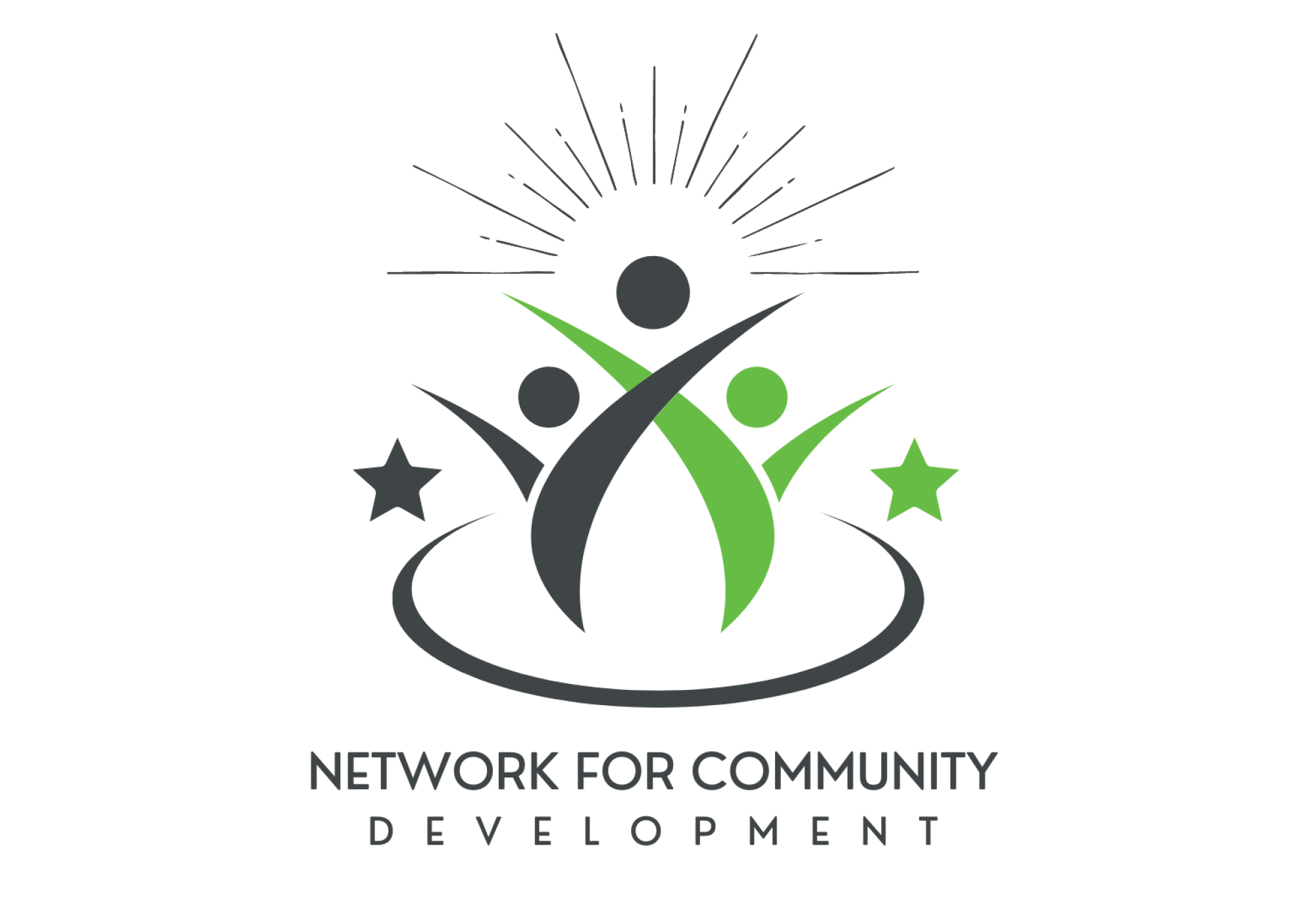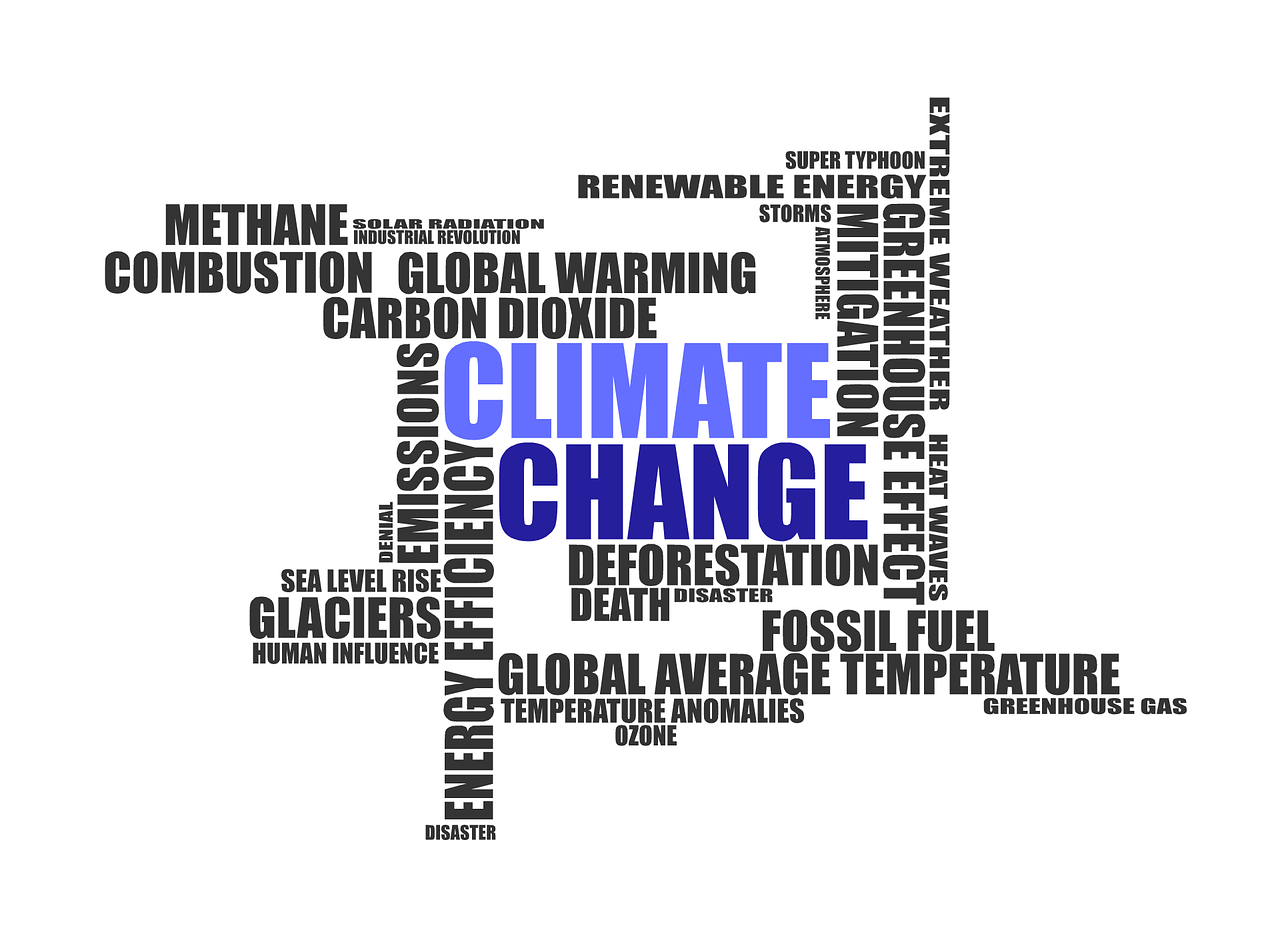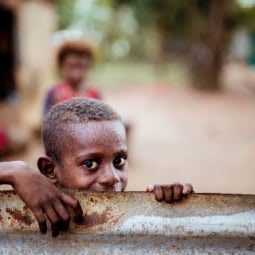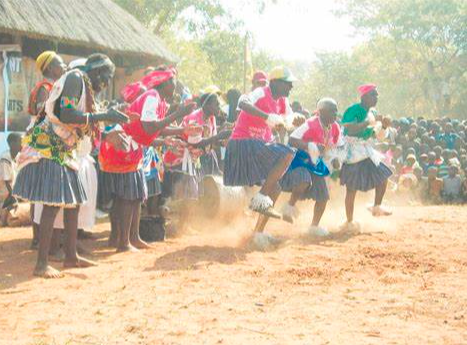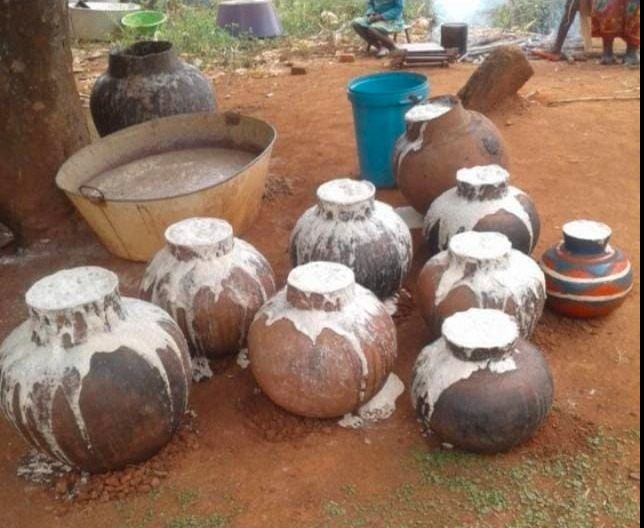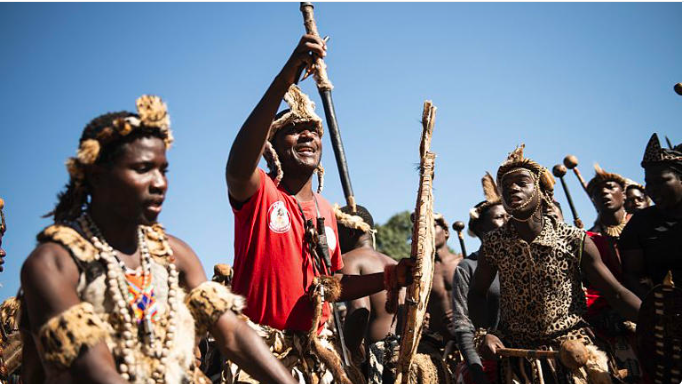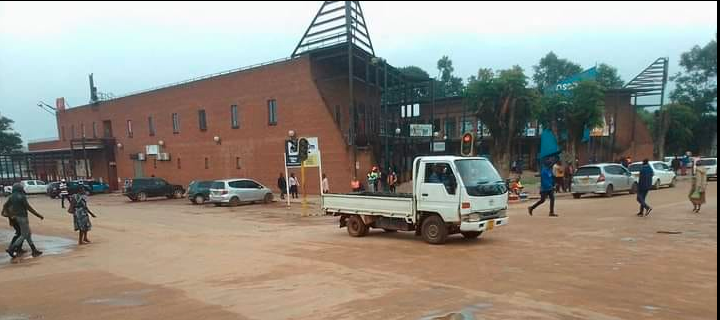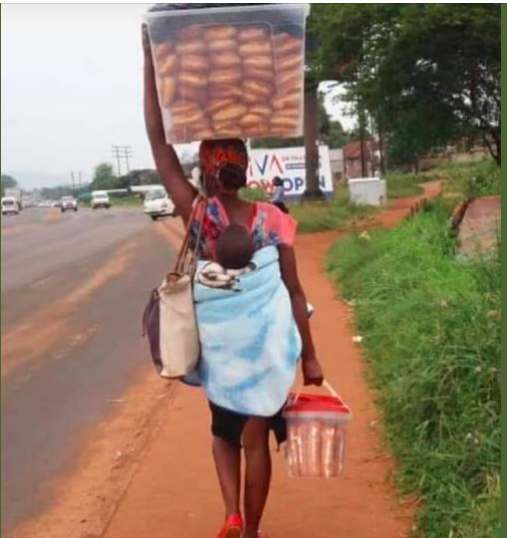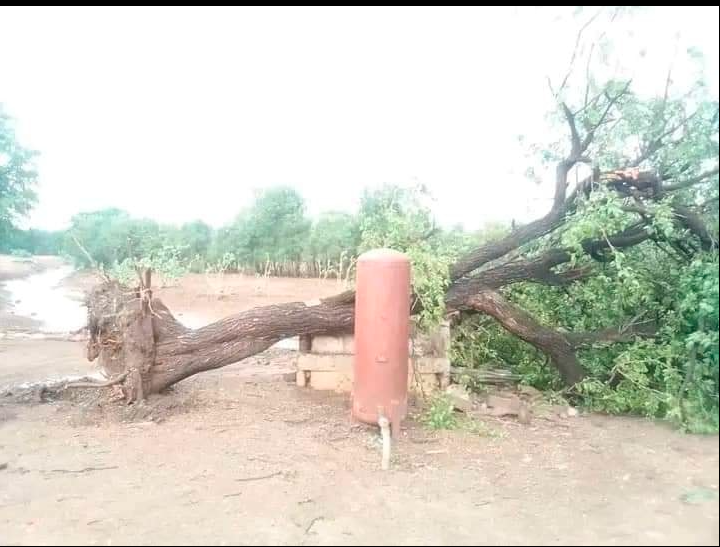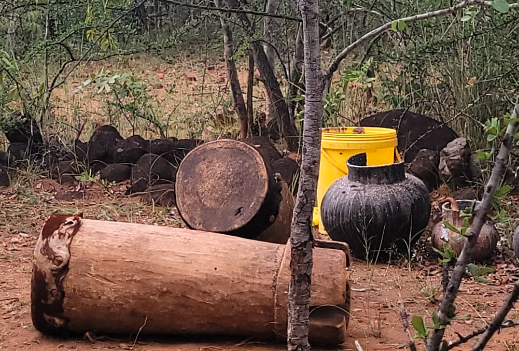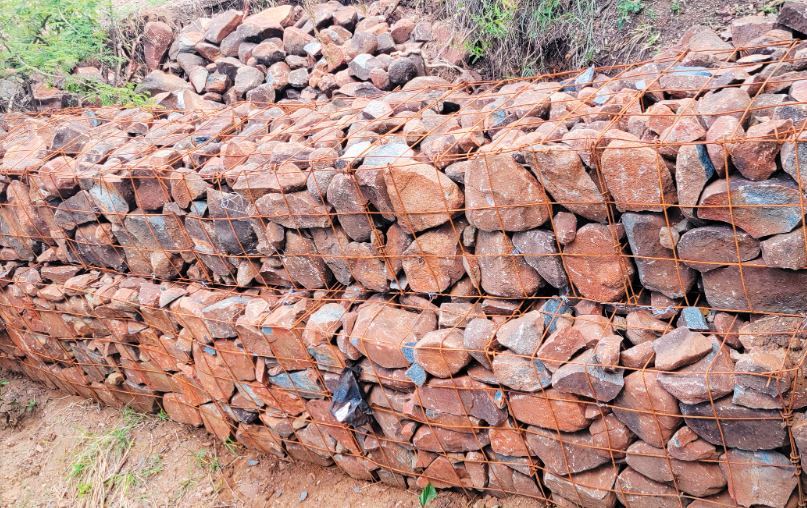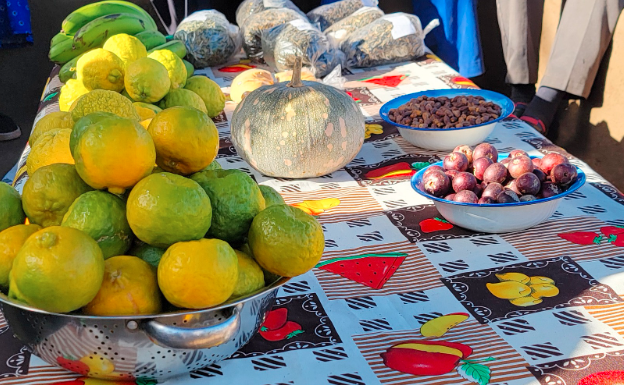What does Climate change mean to rural communities in Chipinge and Chimanimani? A case of misalignment leading to maladaptation.
Rural communities in Chipinge and Chimanimani are acutely aware of the harsh reality of climate change, as evidenced by the traumatic memories of the devastating Cyclone Idai. These two districts, as identified by UNESCO, are considered the most flood-prone areas in the entire southern African region. Unfortunately, the communities have recently experienced the destructive impact of multiple cyclones. Cyclones such as Filipo (March 10-14, 2024), Freddy (February 20-24, 2023), Gombe (March 8-14, 2022), Eloise (January 11-27, 2021), and Gaumbe (February 11-22, 2021) have caused significant damage and disruption in the region. These recurring natural disasters have underscored the urgent need for proactive measures to address climate change and enhance disaster preparedness and resilience in these vulnerable communities.
The misalignment in understanding the true implications of climate change is a growing concern. One commercial farmer in the Clearwater area Mr K Sigauke laments the complications that climate change has caused to his farming schedules. He bemoans the challenges climate change has affected his planning noting how the weather changes are making it difficult to budget his activities. “Seasons have gone confused. We used to receive rain around October/November and begin planting. This year we didn’t have any rain and now the rain has started in March. This forces us to shift our planting dates and we don’t even know if these rains will suffice up to when crops are harvested”. These weather changes have also been induced by the el Nino phenomenon that has seen wilting of crops in the two districts due to excessive water stress destroying crops that had shown a glimpse of life. Ms. Sithole explains that climate change has never been clearly defined to her. She associates it with phenomena like El Niño, which has brought unbearable heat and scarcity of drinking water for livestock. These natural occurrences, such as droughts, cyclones, and El Niño, serve as tangible manifestations of climate change for most community members.
“To me, climate change has never been defined, We are told there is el Nino and the heat has been unbearable with livestock struggling to find drinking water in the past month. That’s climate change as we have never had such problems in our area.” explains Ms Sithole.
As a consequence of this misalignment, Chipinge and Chimanimani districts are grappling with food insecurity. The worst Cyclone Idai disaster culminated in severe dependency on food handouts from well-wishers for quite some time and this year is no exception for the two districts. This year, the situation remains dire, with citizens anxiously awaiting delayed external assistance. The World Food Programme (WFP) has not prioritized the districts for food aid, as other regions such as Mangwe, Buhera, Mwenezi, and Rushinga are considered to be in more critical need, covering a population of 230,000.
If communities in the two districts had recognized extreme weather events like droughts or cyclones as part of a broader pattern of climate change, rather than isolated incidents, they would have been more likely to take appropriate measures to mitigate and adapt to the long-term impacts of climate change. This misalignment in understanding climate change has led to maladaptation, with the two communities not implementing measures that are effective and productive in the face of changing climatic conditions. Farmers like Mr. Sigauke are finding it challenging to plan their planting schedules or choose appropriate crop varieties that are resilient to changing weather patterns. This lack of understanding has led to poor planning, financial losses, and reduced agricultural productivity.
